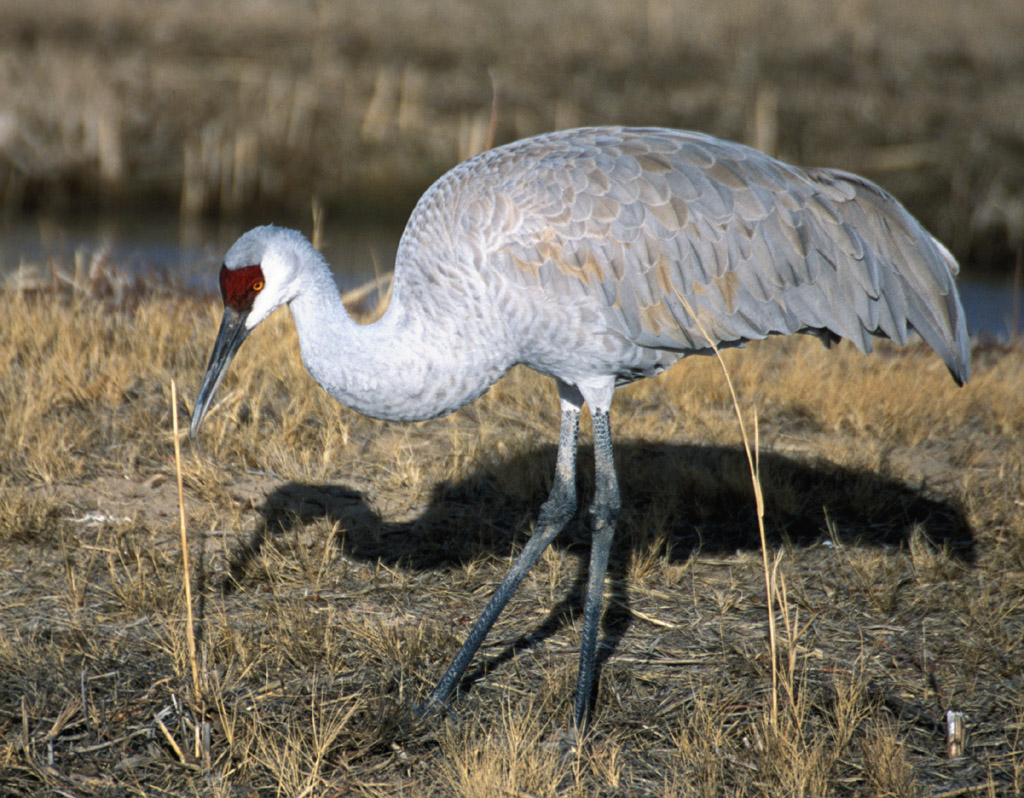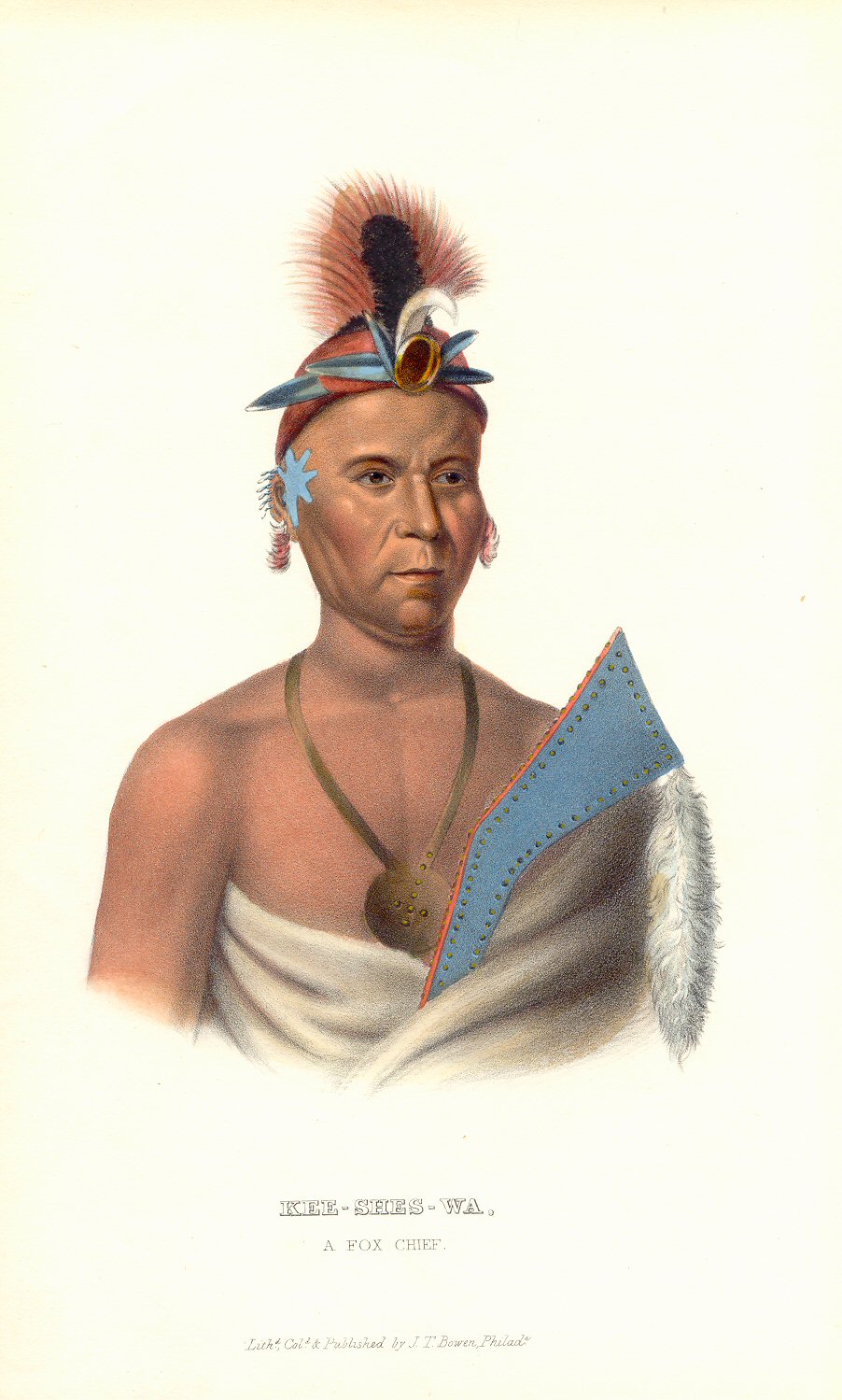|
Waubojeeg
Waubojeeg, also written Waabojiig or other variants in Ojibwe, "White Fisher" (c. 1747–1793) was a warrior and chief of the Ojibwe people. He was born into the ''Adik'' (caribou) ''doodem'' (clan), some time in the mid-18th century near ''Zhaagawaamikong'' on the western end of Lake Superior. His father ''Mamongazeda'' ("King of the Loons") was also a noted warrior, who fought for the French in the Battle of the Plains of Abraham. Although Waabojiig's family had intermarried with the Dakota people during times of peace, and he had several Dakota relatives, including the famous chief Wapasha I, he fought in several battles against the Dakota and Meskwaki during his lifetime. His children, notably his son '' Weshkii'' ("the renewer") and his daughter Ozhaguscodaywayquay, became prominent in the Sault Ste. Marie area, a major fur trading post. Waubojeeg distrusted white men because of their encroachment on Native territory. When John Johnston, a young Scots-Irish fur trader, fe ... [...More Info...] [...Related Items...] OR: [Wikipedia] [Google] [Baidu] |
Ozhaguscodaywayquay
Ozhaguscodaywayquay (''Ozhaawashkodewekwe'': Woman of the Green Glade), also called Neengay (''Ninge'': "My mother") or Susan Johnston (c. 1775 – c. 1840), was an important figure in the Great Lakes fur trade before the War of 1812. She married the British fur trader John Johnston, a "wintering partner" of the North West Company. They had prominent roles in the crossroads society of Sault Ste. Marie, Michigan and the territory before 1830, and entertained notable visitors from a variety of disciplines. Their daughter Jane Johnston Schoolcraft has become recognized as the first Native American literary writer in the United States. Life She was born as ''Ozhaguscodaywayquay'' (Green Prairie Woman) into an Ojibwe (also known as Ojibwa) family in Chequameqon, near present-day La Pointe, Wisconsin and Chequamegon Bay; her father was the war chief Waubojeeg (The White Fisher). Michael Witgen. ''An Infinity of Nations: How the Native New World Shape Early America''. Philadelphia: Univers ... [...More Info...] [...Related Items...] OR: [Wikipedia] [Google] [Baidu] |
John Johnston (fur Trader)
John Johnston (1762–1828) was a wealthy and successful British fur trader for the North West Company at Sault Ste. Marie when it was still Canadian territory before the War of 1812. He was a prominent citizen and leader in the Michigan Territory of the United States, although he never became a US citizen. He married ''Ozhaguscodaywayquay'' (Woman of the Green Glade), daughter of ''Waubojeeg'' (White Fisher), a prominent Ojibwe war chief and civil leader from what is now northern Wisconsin. The Johnstons were leaders in both the Euro-American and Ojibwa communities. Johnston's life was markedly disrupted by the War of 1812, as afterward the U.S. prohibited trading by Canadians in its territory. Early life fur trade Johnston was born in Belfast, Ireland to an upper-class Scots-Irish family.Robert Dale Parker, ''Jane Johns ... [...More Info...] [...Related Items...] OR: [Wikipedia] [Google] [Baidu] |
Mamongazeda
Ma-mong-a-ze-da (Ojibwe: ''Mamaangĕzide''In the Wisconsin dialect of the Ojibwe language, the short, unaccented "i" of ''Mamaangizide'' is realized as a short "e" " ave VeryBig Foot") was an 18th-century Ojibwa chief from Shagawamikong. He was a member of the Caribou doodem "Adik Reindeer Clan" and his ancestors came from Grand Portage on the north shore of Lake Superior. His father was his mother's second husband as she had been married to a chief of the Dakota people previously during a period of peace between the Ojibwa and Dakota. When war resumed the couple was obliged to divorce with the husband and children joining the Dakota and the wife marrying an Ojibwa man. In this way, Mamongazeda's older half-brother Waḣpeša “Red Leaf” Atetaŋkawamduška “Great Father of Snakes” Delonais, Wapasha I Wapasha became a chief of the Dakota while he became a chief of the Ojibwa. In addition to being an accomplished war leader, Mamongazeda was persuasive diplomat and strong ... [...More Info...] [...Related Items...] OR: [Wikipedia] [Google] [Baidu] |
Doodem
The Anishinaabe, like most Algonquian-speaking groups in North America, base their system of kinship on patrilineal clans or totems. The Ojibwe word for clan () was borrowed into English as totem. The clans, based mainly on animals, were instrumental in traditional occupations, intertribal relations, and marriages. Today, the clan remains an important part of Anishinaabe identity. Tradition The Anishinaabe peoples are divided into a number of , or clans, (singular: ) named mainly for animal totems (or , as an Ojibwe person would say this word in English). In Anishinaabemowin, means heart. or clan literally would translate as 'the expression of, or having to do with one's heart'; in other words refers to the extended family. According to oral tradition, the Anishinaabe were living along the Atlantic Ocean coast and the great beings appeared out the sea and taught the Mide way of life to the Waabanakiing peoples, six of the seven great beings that remained to teach ... [...More Info...] [...Related Items...] OR: [Wikipedia] [Google] [Baidu] |
1793 Deaths
The French Republic introduced the French Revolutionary Calendar starting with the year I. Events January–June * January 7 – The Ebel riot occurs in Sweden. * January 9 – Jean-Pierre Blanchard becomes the first to fly in a gas balloon in the United States. * January 13 – Nicolas Jean Hugon de Bassville, a representative of Revolutionary France, is lynched by a mob in Rome. * January 21 – French Revolution: After being found guilty of treason by the French National Convention, ''Citizen Capet'', Louis XVI of France, is guillotined in Paris. * January 23 – Second Partition of Poland: The Russian Empire and the Kingdom of Prussia partition the Polish–Lithuanian Commonwealth. * February – In Manchester, Vermont, the wife of a captain falls ill, probably with tuberculosis. Some locals believe that the cause of her illness is that a demon vampire is sucking her blood. As a cure, Timothy Mead burns the heart of a deceased ... [...More Info...] [...Related Items...] OR: [Wikipedia] [Google] [Baidu] |
1740s Births
Year 174 ( CLXXIV) was a common year starting on Friday (link will display the full calendar) of the Julian calendar. At the time, it was known as the Year of the Consulship of Gallus and Flaccus (or, less frequently, year 927 ''Ab urbe condita''). The denomination 174 for this year has been used since the early medieval period, when the Anno Domini calendar era became the prevalent method in Europe for naming years. Events By place Roman Empire * Empress Faustina the Younger accompanies her husband, Marcus Aurelius, on various military campaigns and enjoys the love of the Roman soldiers. Aurelius gives her the title of ''Mater Castrorum'' ("Mother of the Camp"). * Marcus Aurelius officially confers the title ''Fulminata'' ("Thundering") to the Legio XII Fulminata. Asia * Reign in India of Yajnashri Satakarni, Satavahana king of the Andhra. He extends his empire from the center to the north of India. By topic Art and Science * ''Meditations'' by Marcus Aureliu ... [...More Info...] [...Related Items...] OR: [Wikipedia] [Google] [Baidu] |
Ulster Scots People
The Ulster Scots ( Ulster-Scots: ''Ulstèr-Scotch''; ga, Albanaigh Ultach), also called Ulster Scots people (''Ulstèr-Scotch fowk'') or (in North America) Scotch-Irish (''Scotch-Airisch''), are an ethnic group in Ireland, who speak an Ulster Scots dialect of the Scots language, a West Germanic language, and share a common history, culture and ancestry. As an ethnicity, they diverged from largely the same ancestors as those of modern English people, and Lowland Scots people, native to Northern England, and Lowland Scotland, respectively. Found mostly in the province of Ulster, and to a lesser extent in the rest of Ireland, their ancestors were Protestant, mainly Presbyterian, settlers who migrated from the Scottish Lowlands and Northern England during the Plantation of Ulster. The largest numbers came from Dumfries and Galloway, Lanarkshire, Renfrewshire, Ayrshire, Scottish Borders, Northumberland, Cumbria, Yorkshire, and to a much lesser extent, from the Scott ... [...More Info...] [...Related Items...] OR: [Wikipedia] [Google] [Baidu] |
Fur Trading
The fur trade is a worldwide industry dealing in the acquisition and sale of animal fur. Since the establishment of a world fur market in the early modern period, furs of boreal, polar and cold temperate mammalian animals have been the most valued. Historically the trade stimulated the exploration and colonization of Siberia, northern North America, and the South Shetland and South Sandwich Islands. Today the importance of the fur trade has diminished; it is based on pelts produced at fur farms and regulated fur-bearer trapping, but has become controversial. Animal rights organizations oppose the fur trade, citing that animals are brutally killed and sometimes skinned alive. Fur has been replaced in some clothing by synthetic imitations, for example, as in ruffs on hoods of parkas. Continental fur trade Russian fur trade Before the European colonization of the Americas, Russia was a major supplier of fur pelts to Western Europe and parts of Asia. Its trade developed in ... [...More Info...] [...Related Items...] OR: [Wikipedia] [Google] [Baidu] |
Sault Ste
Sault may refer to: Places in Europe * Sault, Vaucluse, France * Saint-Benoît-du-Sault, France * Canton of Sault, France * Canton of Saint-Benoît-du-Sault, France * Sault-Brénaz, France * Sault-de-Navailles, France * Sault-lès-Rethel, France * Sault-Saint-Remy, France Places in North America * Sault Ste. Marie, a cross-border region in Canada and the United States ** Sault Ste. Marie, Ontario, Canada ** Sault Ste. Marie, Michigan, United States * Sault College, Ontario, Canada * Sault Ste. Marie Canal, a National Historic Site of Canada in Sault Ste. Marie, Ontario * Sault Locks or Soo Locks, a set of parallel locks which enable ships to travel between Lake Superior and the lower Great Lakes operated and maintained by the United States Army Corps of Engineers * Long Sault, a rapid in the St. Lawrence River * Long Sault, Ontario, Canada * Sault-au-Récollet, Montreal, Quebec, Canada * Grand Sault or Grand Falls, New Brunswick, Canada People with the surname * Ray S ... [...More Info...] [...Related Items...] OR: [Wikipedia] [Google] [Baidu] |
Meskwaki
The Meskwaki (sometimes spelled Mesquaki), also known by the European exonyms Fox Indians or the Fox, are a Native American people. They have been closely linked to the Sauk people of the same language family. In the Meskwaki language, the Meskwaki call themselves ', which means "the Red-Earths", related to their creation story. Historically their homelands were in the Great Lakes region. The tribe coalesced in the St. Lawrence River Valley in present-day Ontario, Canada. Under French colonial pressures, it migrated to the southern side of the Great Lakes to territory that much later was organized by European Americans as the states of Michigan, Wisconsin, Illinois, and Iowa. The Meskwaki suffered damaging wars with the French and their Native American allies in the early 18th century, with one in 1730 decimating the tribe. Euro-American colonization and settlement proceeded in the United States during the 19th century and forced the Meskwaki/Fox south and west into the ... [...More Info...] [...Related Items...] OR: [Wikipedia] [Google] [Baidu] |
Chequamegon Bay
Chequamegon Bay ( ) is an inlet of Lake Superior in Ashland and Bayfield counties in the extreme northern part of Wisconsin. History A Native American village, known as ''Chequamegon'', developed here in the mid-17th century. It was developed by refugee Petun, Huron, and Ottawa, who were fleeing the Beaver Wars and Iroquois invasions from the East after 1649. Later, Ojibwe people came here to trade, but they were not among the first settlers, according to archeological evidence. The end of Chequamegon Bay is known as the site of the first dwelling in present-day Wisconsin to have been occupied by European men. Two French fur traders, Médard des Groseilliers and Pierre-Esprit Radisson, built a hut somewhere on the west shore of the bay, probably in 1658. Other traders dwelt on this bay in 1660-1663 and were visited in the spring of 1661 by Father René Menard, the first Jesuit missionary to the Northwest. In 1665 Father Claude Allouez built a mission house near the southwest end ... [...More Info...] [...Related Items...] OR: [Wikipedia] [Google] [Baidu] |




